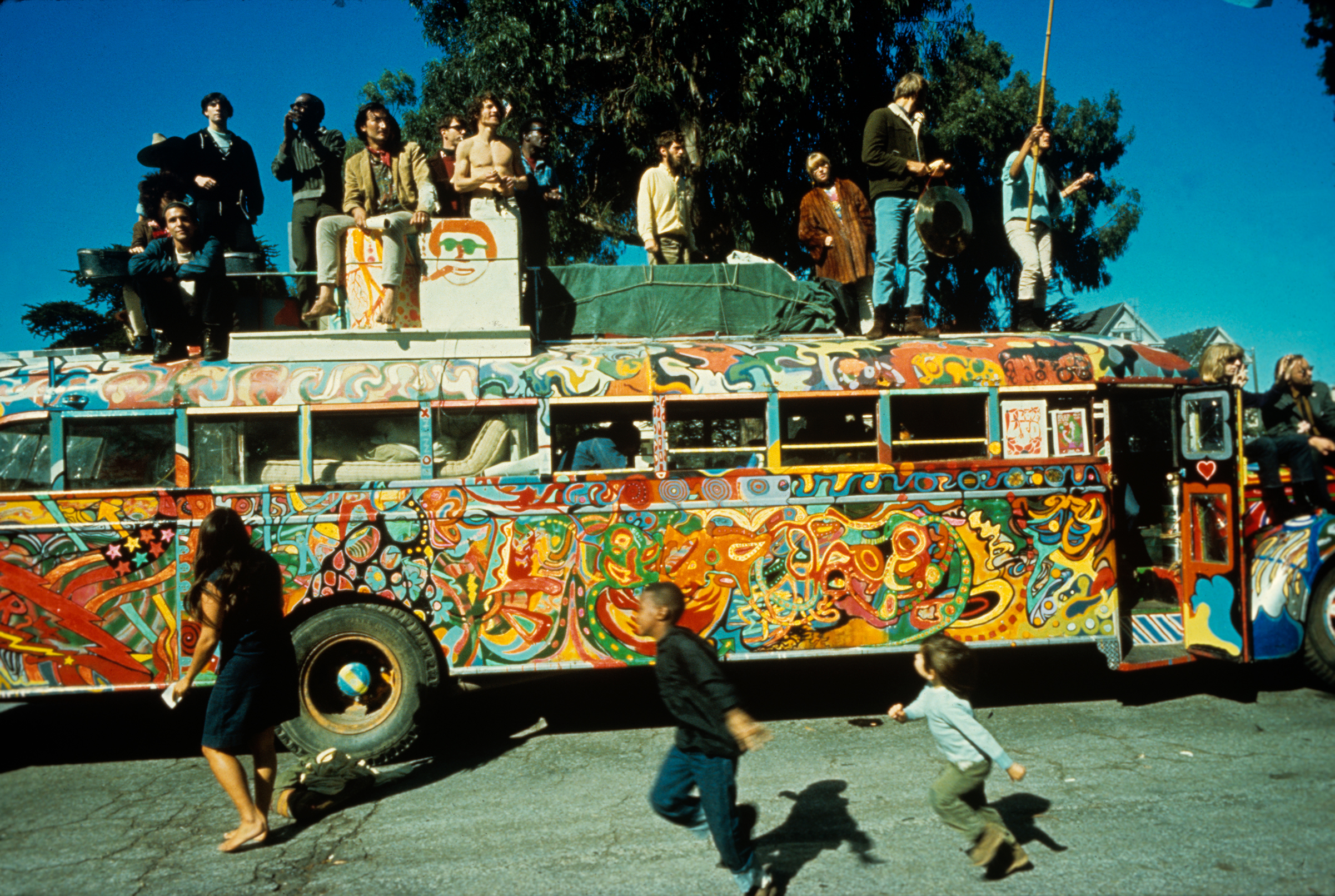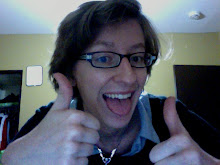
(my cover unfortunately does not look like this)and although I thought it was a good book it is definitely my least favorite Tom Wolfe book. Tom Wolfe is on of my favorite authors and for years I’ve had to explain to people that this novel, one of Wolfe’s most well known, is one of the few Tom Wolfe books that I haven’t read. First off, the writing in the book is great. I have yet to read something of Wolfe’s that is uninteresting. Wolfe has written about so many subjects; from stock car drivers, surfers, astronauts, wall street, college life to the subject of his new book South Florida (!) that I think it’s fair to say that he is an expert at conveying enthusiasm for subjects that the reader (I’m using myself as the example here, but I’m sure that others feel the same way) had little to no interest in previously. In The Electric Kool-Aid Acid Test Wolfe traces the introduction of LSD to fellow author Ken Kesey

and his journey with the Merry Pranksters as Kesey travels across country by bus (this is probably the most well known exploit of Kesey)

befriends the Hell's Angels, begins holding Acid Tests (a giant multi-media event that was designed to create the effects of acid without having to take acid, but that was mostly a joke spread to give the events legality) and eventually had to flee to Mexico as a fugitive from the law. All of that sounds well and good but, personally, I can only read someone describing what someone else feels while on drugs for a limited time. Sentences and whole thoughts end without completion, ideas run together and sometimes entire paragraphs are just mishmash. I understand what Wolfe is doing, that he is recreating the experience, but again how long can you really read some thing like that? I also feel, and this is certainly not Tom Wolfe’s fault, that the book really propagates this idealization of the 1960’s, with the drug movement and the hippies and the whole Haight-Ashbury lifestyle. But the best and most interesting parts of the book are when Wolfe compares Ken Kesey and his followers to various religious movements throughout time. They all have a few general themes that they seem to follow: they begin with one person having a revelation of some sort which leads them to believe that others should also experience this. Then a select few catch on and begin to align themselves with this one person and share in the lifestyle that they propagate. These few people become outcast from society because of their views. At first they all act as equals with the originator having only a slight edge over the others, but eventually becomes a full fledged leader with devoted followers. Anything having to do with this in the book is extremely interesting but unfortunately it only comprises a small portion of the book.
At one point Tom Wolfe is describing the guest of a talk show that Ken Kesey was on:
“his other guest, Frankie Randall, looking sort of Las Vegas Yachtsman, as if any moment he is going to tell a long story about something very frustrating that happened to his El Dorado convertible in a parking lot in L.A.”

(no I don't have an autographed picture of Frankie Randall, I found it online but I think Wolfe describes him perfectly)
This really cracks me up. The section about Kesey on the talk show is a very brief part of the last chapter in the book and this character that Wolfe is describing has no significance to the book but still he has something interesting and funny to say about him. That’s why I love Tom Wolfe.
By the way, my favorite Tom Wolfe book is The Right Stuff.



